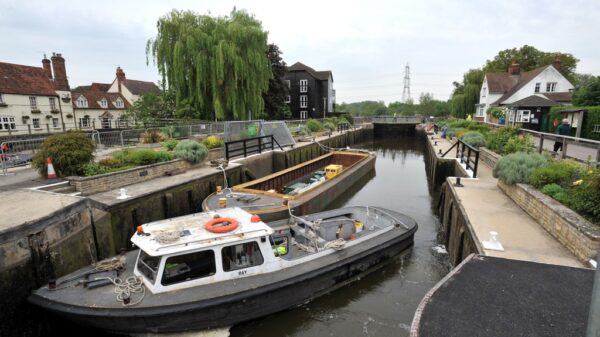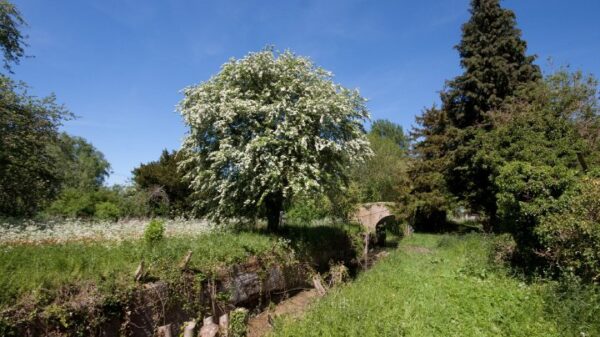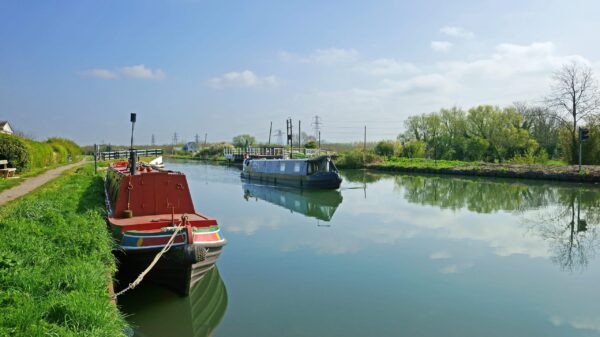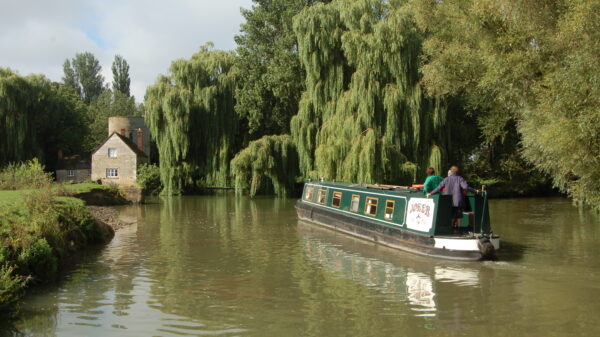About the River Thames and Inglesham
The River Thames is navigable from Lechlade to the sea, becoming tidal below Teddington Weir and Lock. Aspirations to link the River Thames to the River Severn, connecting London with Bristol, began to become reality in the 1730s when the Stroudwater Navigation was authorised. Soon after completion in 1779, the first survey work took place for a canal to link the Stroudwater Navigation at Wallbridge to the River Thames. The Thames & Severn Canal was completed in 1789 and joins the river at Inglesham, upstream of Lechlade.
Since 1972, the Cotswolds Canal Trust has been working to restore the Stroudwater Navigation and the Thames & Severn Canal. In June 2010, IWA took on responsibility for the restoration of the entrance lock at Inglesham and part of the canal beyond. After a national campaign to raise £125,000 and a lot of hard work by Waterway Recovery Group volunteers, Inglesham Lock is now substantially rebuilt. The canal entrance and lock join the river just upstream of the River Colne confluence which can be used to turn a 70ft boat. The lockkeeper’s house at the junction is an unusual round house with an inverted conical roof to collect rainwater. There are other examples of this style along the Thames & Severn Canal. The old warehouse beside the round house has been converted into a cottage.
[The photo shows a boat approaching the junction with the Thames and Severn Canal, and its distinctive lockkeeper’s cottage – by Paul Strudwick]







